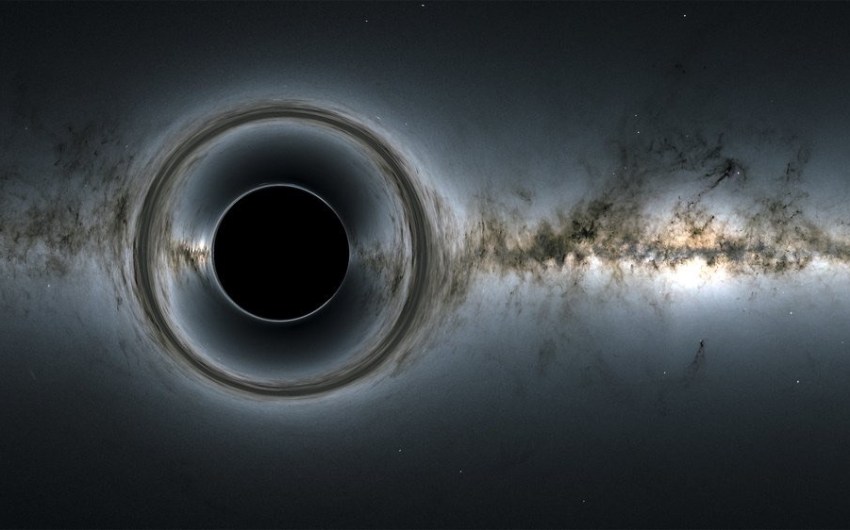A sunspot cluster 16 times larger than the Earth has emitted five strong solar flares since May 8, with the “earth-directed coronal mass ejections” expected to affect communications and the power grid as early as mid-day Friday, May 10. The heads up came from NOAA’s Space Weather Prediction Center on Thursday.
The solar flares and high-speed coronal mass ejections combine to form a “geomagnetic storm” that is headed toward the Earth. The explosions of plasma and magnetic energy from the sun’s corona not only could affect communications and the power grid through Sunday, but they are expected to create “spectacular displays of aurora,” the National Weather Service stated, that might be seen as far south as Alabama and as far north as Northern California.
The geomagnetic storm is rated G4, or “severe.” A previous G4 event took place on March 23 of this year but adverse affects were not expected, though warnings were made for satellite operations anomalies and GPS degradation.
A G5, or “extreme,” event took place in October 2003, dubbed the Halloween Storms, in which three massive and very intense sunspots, 13 times the size of Earth, blew out 17 major solar flares; one was the largest ever recorded. Though the Earth’s atmosphere shielded most of the effects, this one caused electrical outages in Sweden and damaged power transformers in South Africa, according to a recap by the National Oceanic and Atmospheric Administration.
The post Rare ‘Geomagnetic Storm’ Could Affect Communications and Power Grid Starting Friday, NOAA Warns appeared first on The Santa Barbara Independent.














